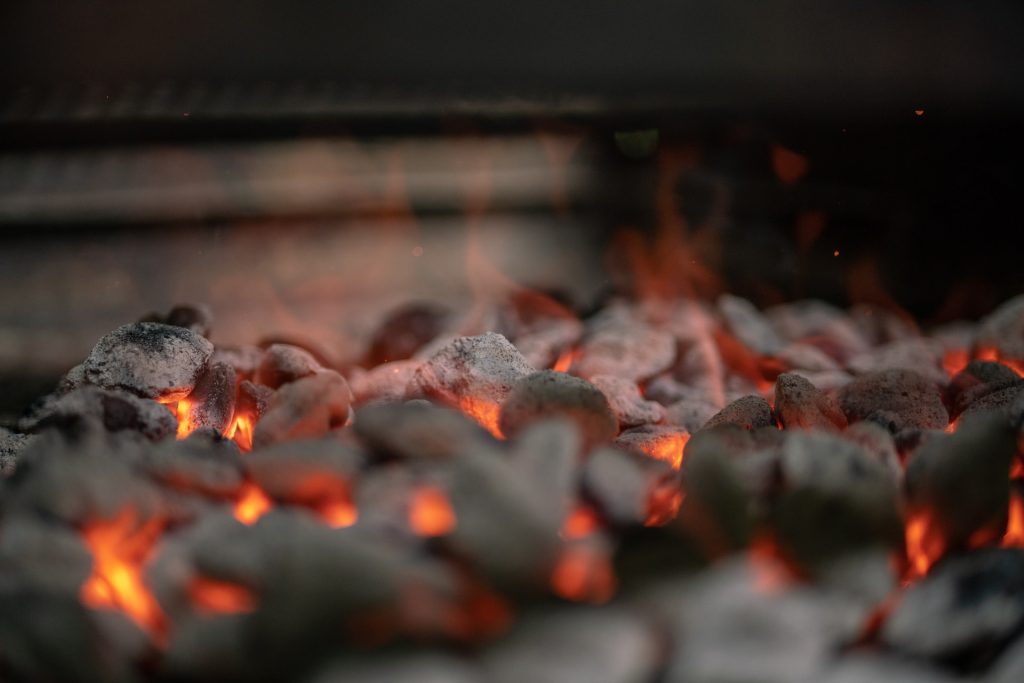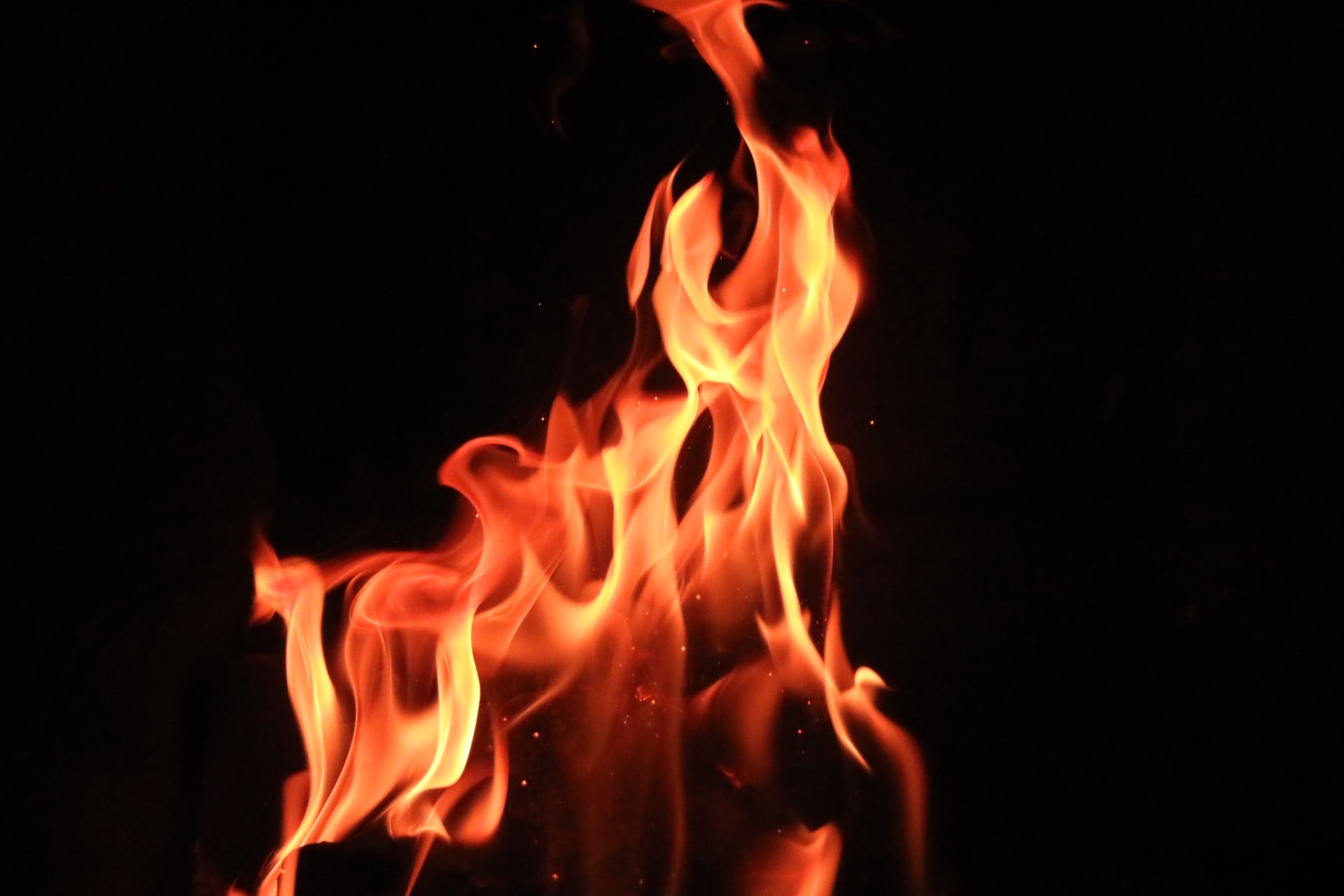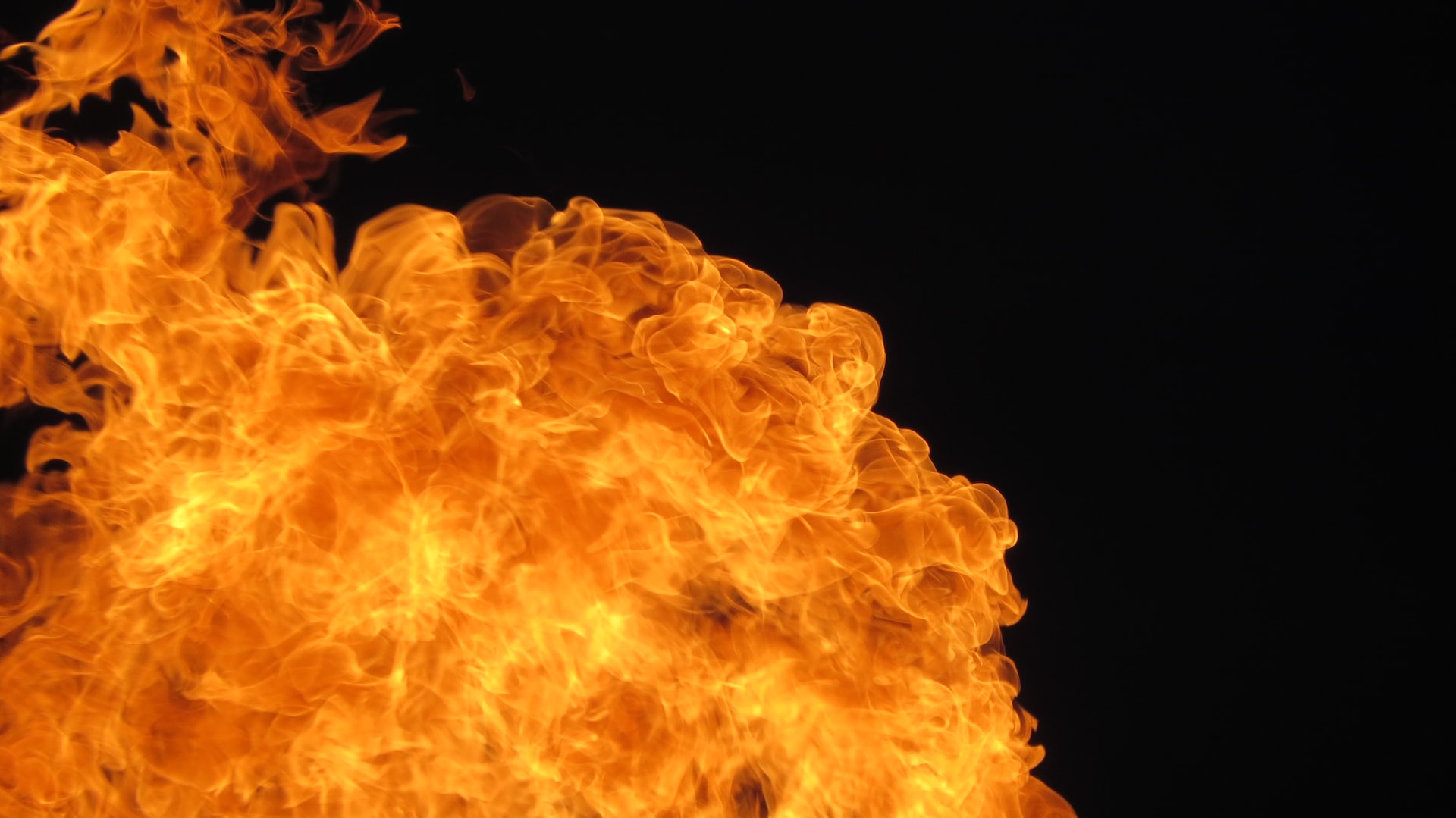10 Furnace Repair Problems

If you only need to raise the covers, that’s one thing. If your furnace is malfunctioning or not operating at all, the situation is entirely different.
You can diagnose and fix your furnace yourself if you have some experience doing so. However, the easiest way to prevent the issue is to maintain a maintenance checklist for your Heating Repair Langley.
I have something for you today that will give you the confidence to handle some furnace repairs:
10 typical furnace issues and immediate fixes.
Understanding how your furnace/heating system operates is crucial, regardless of whether you have a standard gas furnace or a high-efficiency gas furnace. In order to know what to check for when there is a problem, you need to understand how the appliance functions in its most basic form.
Let’s examine a standard furnace and some suggestions for resolving some of its more frequent issues. Saving a few bucks is not worth the uncertainty or a dangerous occurrence involving the furnace (if you are uneasy with any of these do-it-yourself measures, then make a service call to a reputable professional.)
 Challenge 1
Challenge 1
It might sound stupid, but make sure the thermostat is set at least five degrees above room temperature and on “heat.” How frequently service calls are made without checking this might surprise you!
Here are a few thermostat inspections you can perform on your own:
Step 1: Inspect the thermostat’s battery. Your thermostat’s batteries might need to be changed. If the thermostat in your home is powered by batteries, make sure you replace them at least once a year or as needed.
While some thermostats use batteries, others are linked to the home’s electrical system. How is yours energized? When a battery has to be replaced, some devices that use batteries will occasionally show a low-battery indicator.
Step 2: Remove any dust or debris that may have clogged the thermostat by opening it and gently blowing it out.
Step 3: Check the date and time on electronic or programmable models to make sure they are accurate; the system might be set to a timer.
Check the breaker in step four. If on, shut off the breaker and look at the furnace’s fuse.
Challenge 2
Try to reset the home circuit breaker if the furnace isn’t producing any heat.
alex-6726.jpg
There are numerous minor explanations why this might happen. Verify sure the thermostat is set on “Heat” before attempting to adjust the dial a few degrees up or down to see if there is a discernible difference.
If nothing happens, examine if perhaps a fuse or circuit breaker was tripped or blown.
How to Check Your Own Breakers:
Find the circuit that manages the furnace by going to the breaker panel in your house. You’re checking to see if it’s in the middle or flung to the “Off” position.
1. Test the breaker manually. It is turned back and forth.
2. Verify that it remains in the “On” position.
Thus, the breaker will be reset. If this does not solve the issue, the circuit wiring or the circuit breaker itself may be defective. The following steps are for you if you have a digital multimeter:
3. Problem
Furnace Not Putting Out Enough Heat? Replace That Clogged Filter
A furnace that has trouble producing heat is not the same as one that has mysteriously stopped functioning.
Check the air filter to see if it’s clean and in good shape, if not brand new, in the event that the furnace isn’t heating the house effectively.
Examine and replace any clogged filters.
This is a straightforward yet crucial step in furnace maintenance. A clogged filter is one of the most frequent causes of a broken furnace. Additionally, it’s the simplest maintenance task.
Regular furnace filter replacement is a quick and easy activity that significantly enhances indoor air quality and protects HVAC components.
Find your filter – The filter may be located in the intake on some furnaces. This most likely resembles a grate in a wall, floor, or ceiling. The furnace itself houses additional filters.
Holding your filter up to the light can reveal whether it is time to replace it. The filter needs to be changed if there is no light coming through. Another indication that it’s time to replace your furnace filter is a dusty, unclean odor coming from the vents when the blower is turned on.
Replace your furnace filter and make sure it is off. There should be no air escaping. Verify the angle at which your filter points. Filters are designed to catch material that is blasted in one direction. The efficiency of your filter may be decreased if it is installed upside down.
Cleaning the dirt that accumulates on your filters will improve airflow.
Your air handler has to work harder to make up for the blocked air flow when your air filter is clogged. The decreased air flow through your heating and cooling system might increase your energy costs, overheat your heat exchanger, and cause it to shut down too soon.
“A dirty, clogged filter restricts airflow, eventually causing heat and pressure to build up in the furnace. Filters clean the air going into the furnace and the warm air discharged back into the house.
Other models will continue to operate, but with lower heat production and efficiency, while newer, more efficient furnaces are sensitive to the issue and will frequently shut down before a dirty filter causes more difficulties.”
Challenge 4
Checking the safety switch on the furnace door should be one of your first steps if your furnace won’t turn on. While the access panel is removed, a furnace door safety switch stops the fan and burner from turning on.
When the door is opened, a safety switch on furnaces pops out. To turn on the switch and turn on the furnace, the door must be closed.
Follow the detailed instructions on “How to Install a Furnace Door Safety Switch” if you find you need to install a new safety switch.
First, turn off the power.
Second step: clean the blower door
Wire the safety switch in step three.
Step 4: Examine and validate the setup.
 5. Problem
5. Problem
Although it may seem like a no-brainer, busy homeowners occasionally neglect to take care of certain parts of their house, like the basement.
It is possible for a basement to grow congested, and this might result in the accumulation of random items and debris around the furnace. A clean furnace not only runs more efficiently, but it also looks better.
Keep combustible goods and materials away from your furnace. Overcrowding your furnace increases the risk of unexpected fires, serious house damage, and danger to your family and pets.
Consider the possibility that you might forget any goods you’ve left on or near your furnace, no matter how easy it may appear to just “put it there” for the summer. Give your furnace the space it needs to work properly rather of taking a chance.
Moreover, periodically vacuum and clean the area around your heater. Even if you removed all flammable objects from the area, keep in mind that dust and lint might accumulate and pose a fire hazard. Additionally, too much dust and lint can clog your filter earlier than usual, needing more frequent replacement.
6. Problem
Your burners’ most frequent failures can result from pollution. You should check your burners to make sure there is no debris inside of them.
Looking at the flames is one technique to check to see if your burners are clean.
Are they uniformly blue?
Your burner is probably clean then. If they are yellow, your burners most likely need cleaning. You can use a vacuum cleaner to clean your burners, but make sure to turn off the gas and the electricity first. The area surrounding the blower is another location that has to be vacuumed.
During the summer, dust might gather. Therefore, before the onset of the colder seasons, it is crucial to inspect and clean the furnace burners.
Soot and condensate together can lead to poor burner operation as well as other furnace issues. Every year, the burner assembly should be cleaned, and if the current one is damaged, a new one should be installed.
7. Problem
Make sure all of your heating system’s components are clean and in functioning order before turning on your furnace for the winter.
The primary purpose of the furnace blower is to transfer heat from the furnace throughout the entire house. Your furnace will last longer if you keep the blower greased.
As provided by SFGate, here are seven simple yet thorough instructions on how to oil a furnace blower motor:
Step 1: Disconnect the circuit breaker that powers the furnace at the main electrical panel.
Step 2: Use a screwdriver to loosen the screws holding the access panel to the furnace.
Step 3: Find the blower motor assembly next to the furnace’s base. Use a wrench to remove the bolts holding the blower motor to the furnace’s main assembly.
Step 4: Find the set screw on the blower motor housing’s side. Take out the bolts. Exit the housing with the motor attached.
Find the oil ports on the motor and shaft in step 5.
Put 2 to 3 drops of oil into each port in step 6.
7th step: turn on the furnace. The new oil should make the blower motor run more smoothly.
Your heating system’s operation depends greatly on the furnace blower motor. Once a year, it should be lubricated, and it shouldn’t make any strange noises when turned on.
8th Problem
The blower’s lifespan could be severely shortened by a defective limit switch if it forces the blower to run continually.
That issue will be swiftly resolved by having a technician repair the limit switch.
How can I determine whether the thermostat or limit switch is to blame for my furnace’s problems?
The flame/heating element will be turned off when the high limit switch trips, and the blower will keep running to dissipate the heat until the system is reset or the limit switch shuts. If the high limit switch were defective, the furnace should not have ignited.
“Limit switches should always fail open since they are typically closed, which means that when they malfunction or the temperature becomes too high, the circuit is opened.
You must change the limit switch if the circuit is open.”
 9th Problem
9th Problem
A pilot light or electronic control, which does not require a steady flame, can be used to operate a gas furnace.
An ignition system that isn’t working properly, like the ones on furnaces that use thermocouples, can seriously affect how well a furnace heats a house. Your pilot light could go out as a result of leaks or obstructions in your heating system.
Many more recent systems use electrical ignition as opposed to a standing pilot light to start.
You can take the following steps to help yourself:
Step 1 is to switch the furnace’s electricity on and off (the ignition may need to be reset).
Step 2: Turn off the gas and electricity to the furnace so you can check the heating element. Avoid touching the heating element, but replace the igniter if it appears to be broken or damaged.
Step 3: With the furnace’s handbook in hand, follow the manufacturer’s suggestions for troubleshooting operation. Similar to the pilot light, if you omit any measures or safety precautions while performing this activity, damage to the system and your property may result.
Step 4: Follow the instructions and, if necessary, ask for assistance.
10th Problem
There are numerous reasons why a furnace could turn on and off too quickly. As usual, the first thing to check is the air filter. Try replacing it if you haven’t done it recently; it’s a simple and quick remedy.
When to call a professional: If changing the filter doesn’t fix the issue, there could be more significant issues present. Belts and the blower motor could both be having problems, and both of these things need to be fixed by a specialist.







